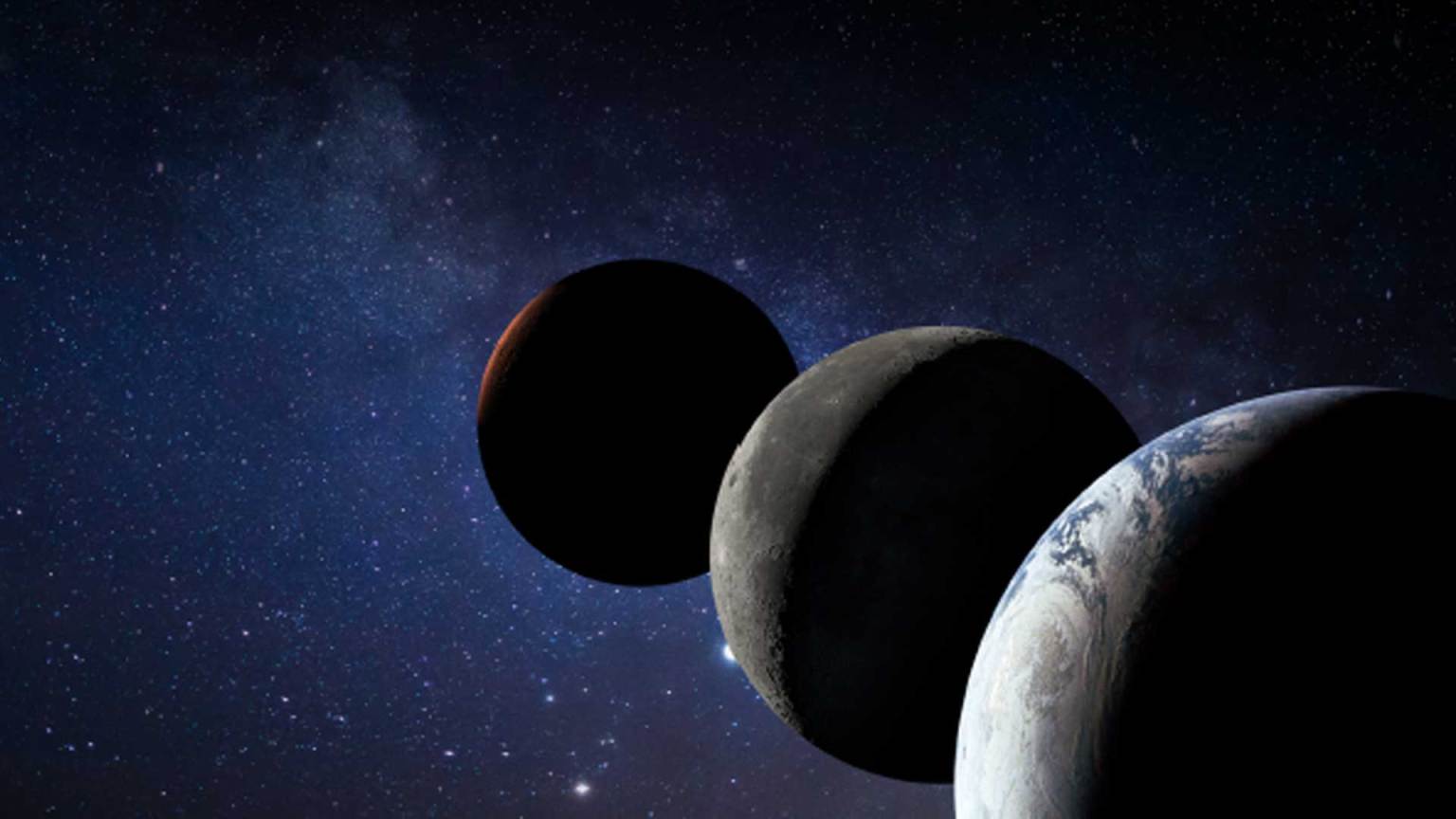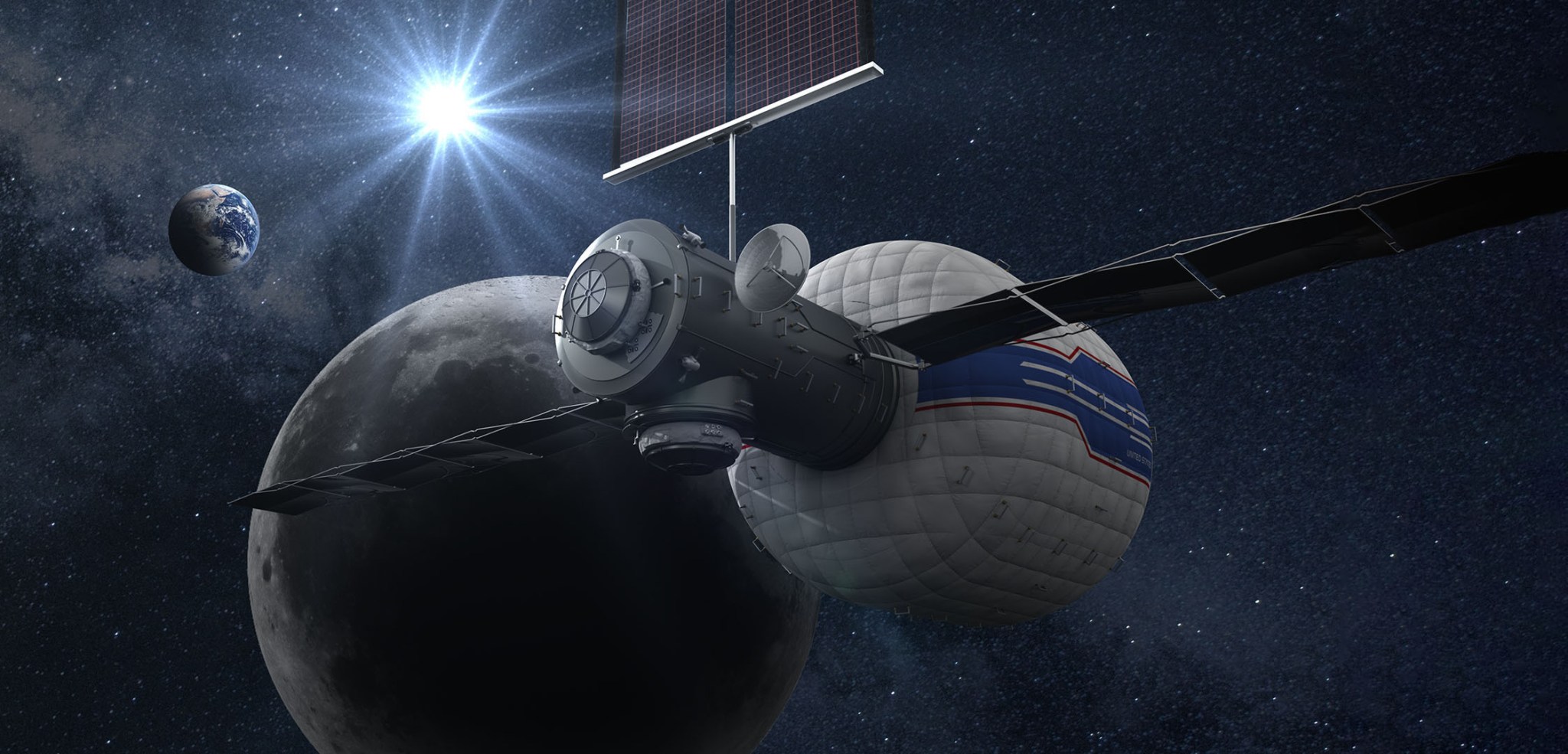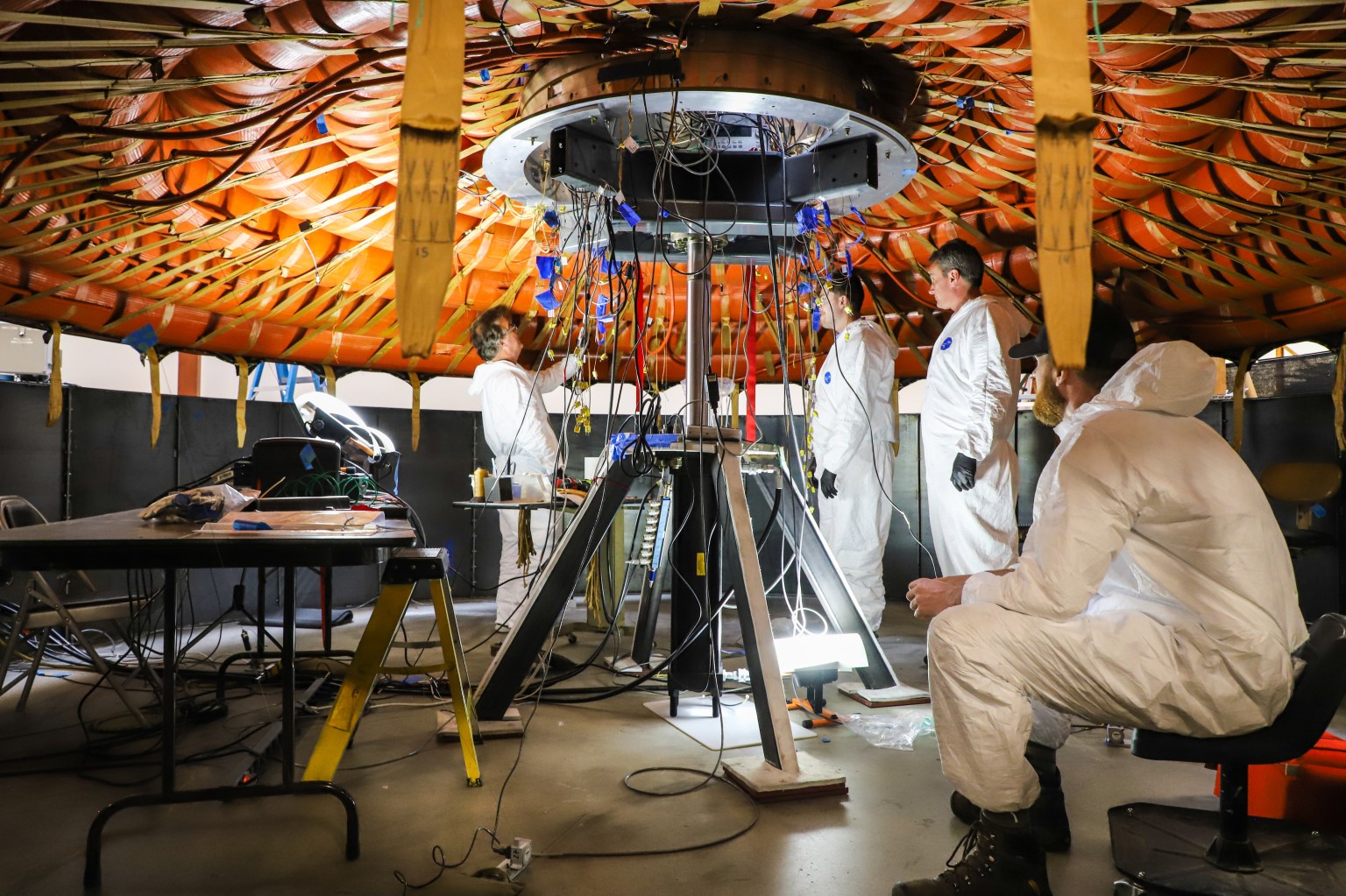The Cryogenic Fluid Management (CFM) project is sponsored by NASA’s Technology Demonstration Missions (TDM), part of NASA’s Space Technology Mission Directorate. An integral part of exploration systems for Earth-to-orbit transportation, human missions to the Moon and Mars, planetary exploration, and in-situ resource utilization. CFM is a term used to describe a suite of technologies that store, transfer, and measure ultra-cold fluids – such as liquid hydrogen, liquid oxygen, liquid methane, among others. The TDM program office at NASA’s Marshall Space Flight Center in Huntsville, Alabama, oversees a portfolio of technology demonstration projects led by NASA centers and industry partners across the country.
Cryogenic Fluid Management News
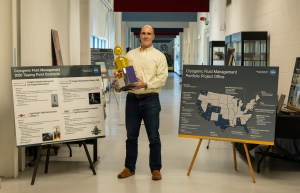
By Daniel Boyette Jeremy Kenny squinted his eyes as he looked toward the brilliant light. Then came the deafening sound…
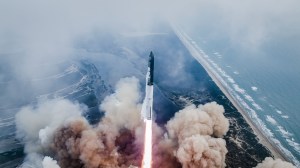
As part of NASA’s Artemis campaign to return humans to the Moon for the benefit of all, the agency is…
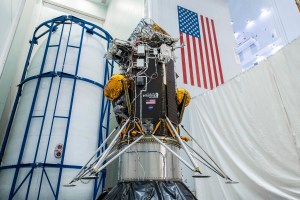
Editor’s note, Feb. 6, 2024: This article has been updated to clarify that the Radio Frequency Mass Gauge estimates how much…
What is Cryogenic Fluid Management?
CFM Fact Sheet
Cryogenic Fluid Management (CFM) is a term used to describe a suite of technologies that store, transfer, and measure ultra-cold fluids—such as liquid hydrogen, liquid oxygen, and liquid methane.
NASA explores the unknown in air and space, solving mysteries of Earth, the solar system, and beyond. For the agency to achieve its Moon to Mars goals, it needs cryogenic technology to keep hydrogen and other fluids cold for long periods of time while in deep space.
View the Fact Sheet about CFM Fact Sheet